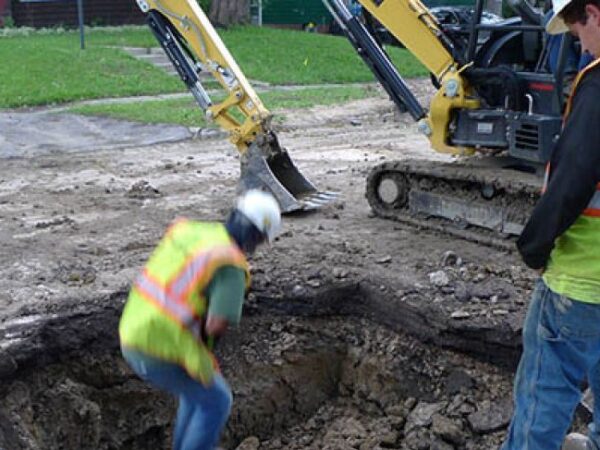
The federal law designed to protect public drinking water supplies throughout the nation comes up short for people of color, low-income communities and non-native English speakers, according to a recent study from three non-profit groups in a report titled “Watered Down Justice.”
The study found that communities with those social demographic characteristics were more likely to be exposed to slow and inadequate enforcement of the federal Safe Drinking Water Act.
The Safe Drinking Water Act was passed in 1974 and regulates the public water supply. The U.S. Environmental Protection Agency is responsible for oversight and working with the states who are the primary enforcers of the law.
While the Flint water crisis is the most striking example of social and environmental injustice for drinking water quality and safety, the problem is much broader than densely populated urban areas and extends to rural counties with small populations, according to the report.
A nationwide problem
The national study was conducted at the county level and analyzed violations of the Safe Drinking Water Act from 2016 to 2019. The report called the findings “disturbing” in relation to race and drinking water violations.
When it comes to drinking water quality, the public tends to focus on cities like Flint and recently Newark with their high-profile problems, according to the report’s lead author, Kristi Pullen Fedinick, who directs science and data for the Natural Resources Defense Council.
NRDC worked with the Environmental Justice Health Alliance and Coming Clean on the study and report.
“This is a U.S. problem,” Fedinick said and pointed out that communities with populations of less than 3,300 people are responsible for 80 percent of all Safe Drinking Water Act violations.
While violations occurred across the country, the west and southwest were hardest hit, according to a map in the report.
The Great Lakes region and specifically Michigan fared relatively well in the study.
Of the 406 counties in the study with the highest health-based violations, only four were in the Great Lakes region; two in Illinois and one each in Indiana and Minnesota.
Relative to the rest of the country these counties had “the highest rates of health-based drinking water violations and the highest percentages of population that were people of color, said Fedinick.
There were 17 counties in the Great Lakes region that had moderate rates of health-based violations and the highest percentages of their population that were people of color.
People of color are defined by race, ethnicity and or non-English language spoken, she said.
Michigan had three counties in the “moderate” rates of violations category: Branch, Berrien and Lenawee counties.
While Wayne County encompassing greater Detroit and Cook County including Chicago have high proportions of people of color in their populations, they ranked low in the number of violations.
Fedinick speculated that the low number of violations could result from the Great Lakes being the drinking water source or that both cities have a high degree of technical capacity.
Small systems, unique challenges
“EPA is helping communities across the nation, often prioritizing disadvantaged communities, modernize outdated infrastructure and improve water quality,” said spokesperson Angela Hackel from the Office of Public Affairs.
Hackel acknowledged that “the majority of these systems with health-based violations are located in very small communities” which she characterized as serving fewer than 500 people.
“Small water systems face unique challenges,” she said, citing financial, operational and infrastructure issues plus declining rate bases.
EPA is working in conjunction with the states to address the issues, according to Hackel.
Cause for action in Michigan
“This report provides exactly the type of information we need to proactively address environmental injustices in the state,” said Regina Strong, Michigan’s environmental justice public advocate.
The advocate position was created in the Department of Environment, Great Lakes and Energy after Gov. Gretchen Whitmer took office in January.
In June, EGLE Director Liesl Clark told Great Lakes Now that she wanted the department to increase environmental justice attention in rural communities.
The information in the report on Branch, Berrien and Lenawee counties is a reason to take a closer look at those counties and small towns, according to Strong. Virtual town halls and in-person meetings were cited by Strong as examples of outreach efforts currently happening across the state.
The research in the Watered Down Justice report “likely underestimates the true burden that environmental justice communities across the country face,” according to the authors, who mentioned the presence of contaminants like PFAS not currently being a violation of the law.
The data in the peer-reviewed report should be a jumping-off point for additional discussion, according to NRDC’s Fedinick.
“The maps in the report are a good representation of the issue but should also be a prompt to go deeper,” she said.
1 Comment
-
What is a good legal solution to this problem? I am a student in a Small rural Texas City and have seen first hand how not having clean water has affected the community.






